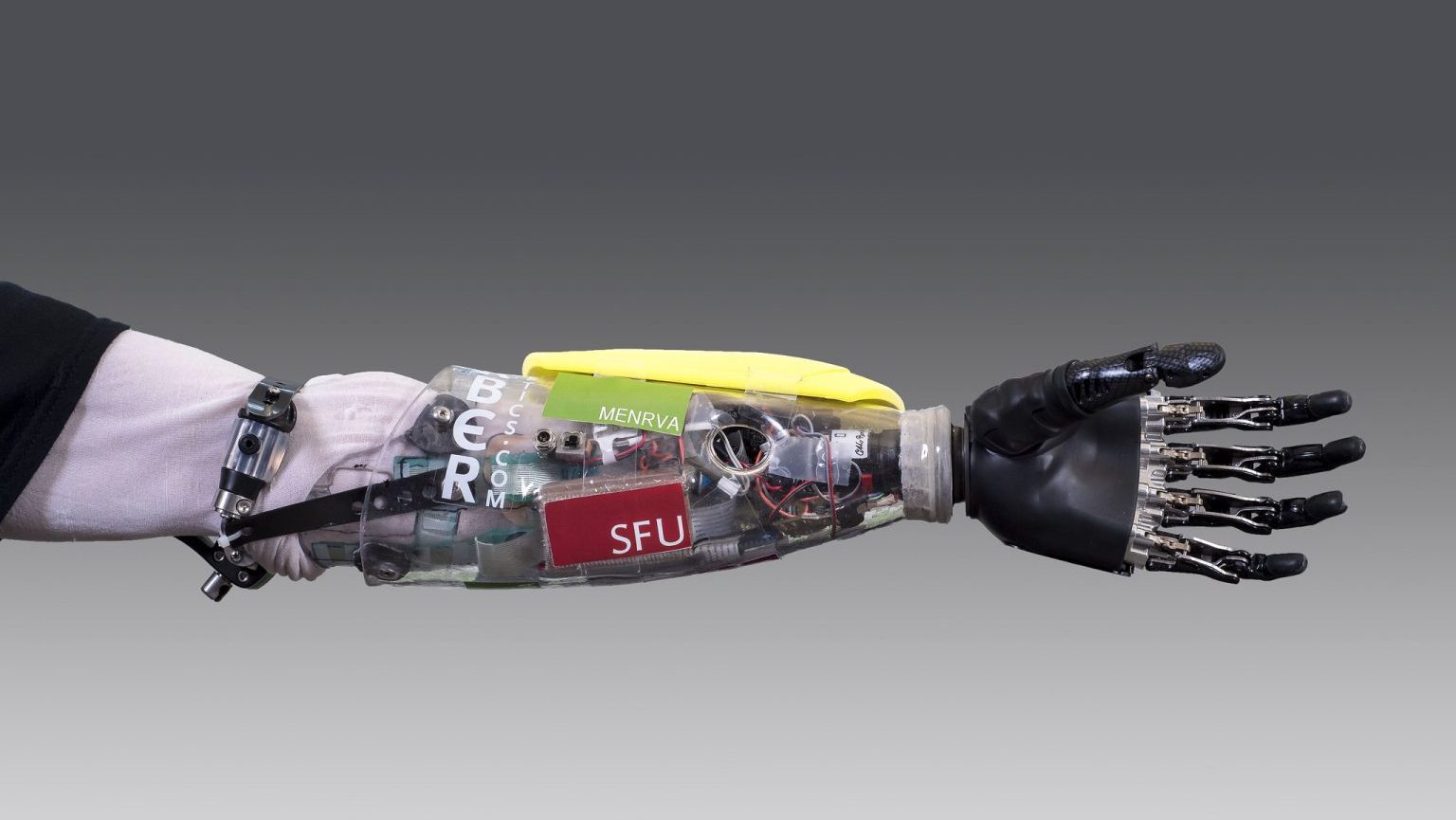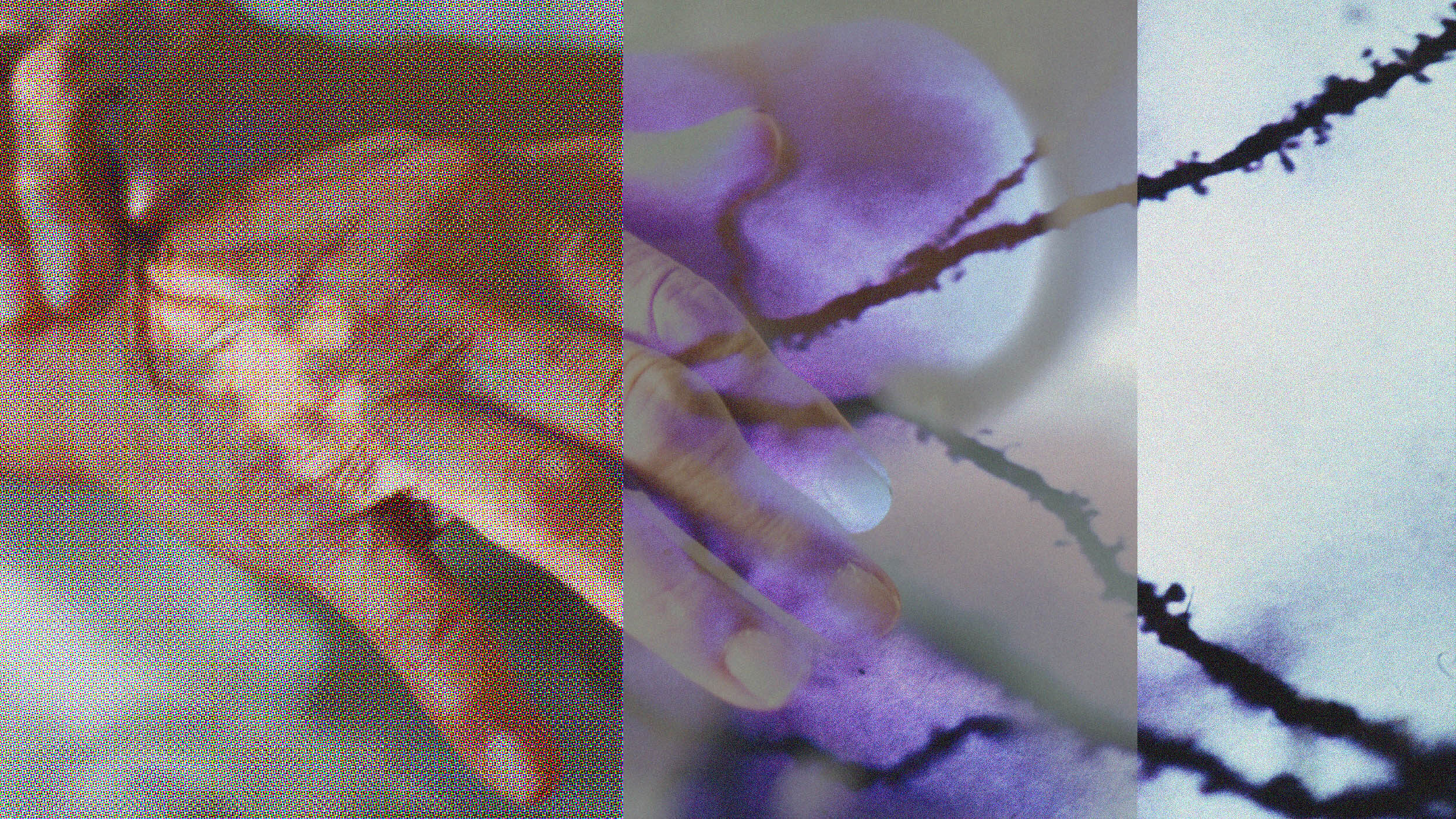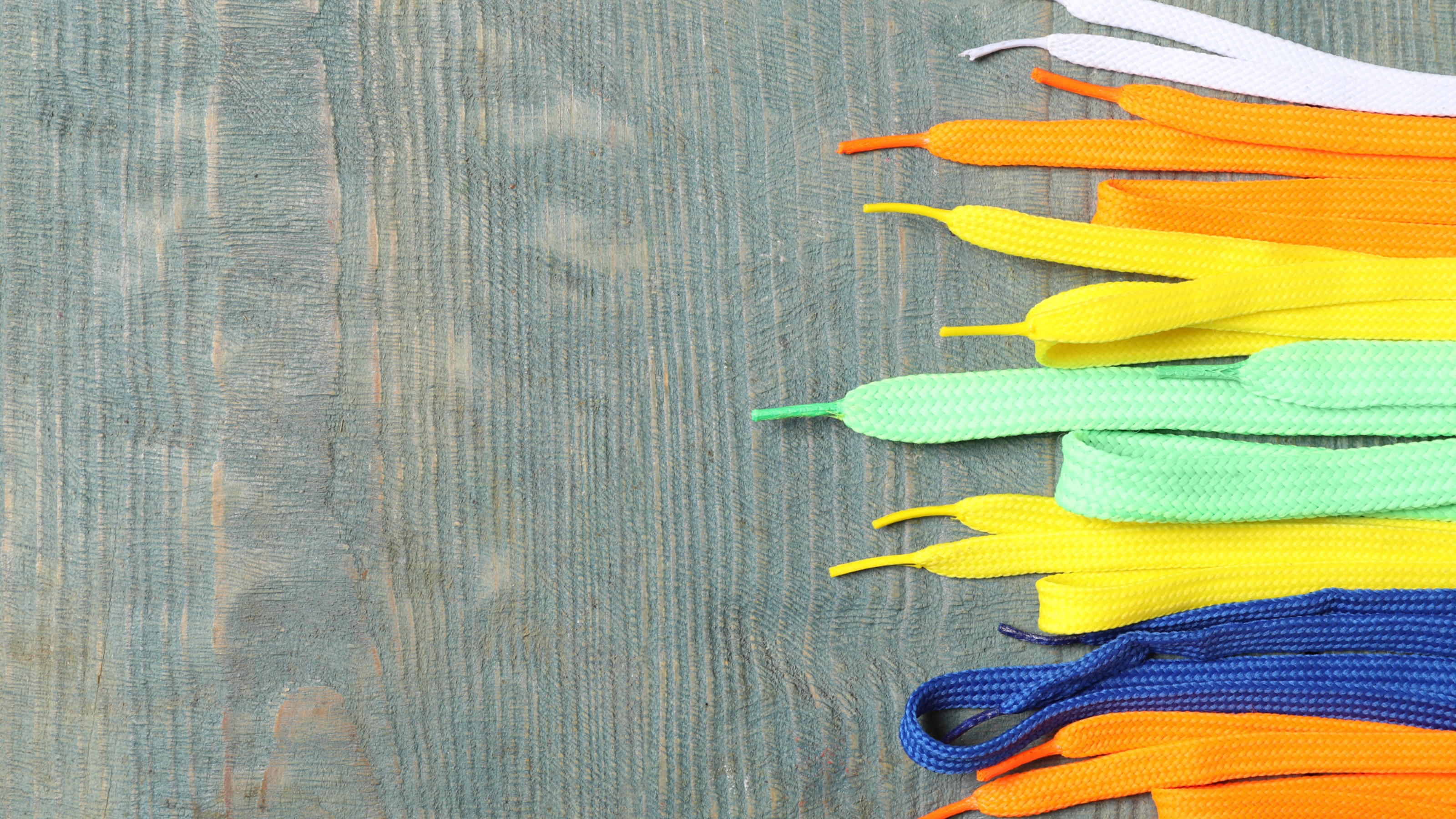When Disease Becomes a Fashion Statement

Chronic disease plagues personal lives and public policy. Sheer numbers only begin to give a glimpse of the associated suffering, cost and scope of the problem. In the United States there are more than 110 million Americans with a chronic disease, e.g., diabetes, hypertension. Europeans are not far behind. According to the World Health Organization, the chronic disease burden in Europe is now the leading cause of mortality and morbidity. Diabetes, cardio-vascular disease, just to name a few, pose a growing challenge to populations throughout Asia-Pacific, Africa and South America. One estimate suggests that today there may be as many as 40 million diabetics in India alone.
As the world’s population ages and the number of older adults multiplies we can anticipate growth in the rate as well as the number of people with chronic disease – including conditions we are all too familiar with, e.g., arthritis and hypertension. We will also see growth in diseases that are only now receiving broader public attention, e.g., Alzheimer’s disease, depression, even some types of cancers that are being redefined as a chronic condition. Will chronic disease become so prevalent that it becomes the new normal?
It just might and here are some early indications. Disease, or rather the number of people managing one condition or more, is now a large enough market to influence the design and fashion industries to develop new medically-inspired products. Here are just a few examples that may be indicators that we will see more technologies, products and services showing up outside the usual distribution channels of hospital supply centers, doctor’s offices, or the cloistered aisles of specialty stores and pharmacies.
Bang & Olufsen the Denmark-based, high-end design and home entertainment company perhaps best known for stellar sound systems invested in Medicom. Bang & Olufsen Medicom designs and manufactures intelligent compliance devices for those managing conditions such as asthma and diabetes. But this is not your father’s glucometer. As described by Medicom, they seek to use intelligent technology (smart devices connected to the Internet/cloud) and elegant design to motivate and even “inspire” both physician and patient while reminding and encouraging compliance. Even Medicom’s injection systems appear to be more like a stylish pen that you happily take from your pocket in public rather than a tool to treat your condition in private.
Poppie Jones maker of handbags, wallets and other accessories often sought by young fashionistas are seeing some of their fun products adopted in ways to stylize the most basic reminder system for medication. Turning the now ubiquitous clinical blue MTWTHFSS box into something that you can keep in a purse or leave out in front of the ‘girls’.
Medically-inspired yet fashionable products to manage disease and well-being are going mainstream. A quick trip to stores knowingly or unknowingly catering to the 45-plus such as Brookstone shows the growing demand for nearly anything to treat the maladies of stress, fatigue and pain. A new generation of devices (and soon to follow condition-specific services) will be found in consumer electronics stores such as Best Buy, sporting goods stores, even kitchen and bath showrooms that will feature appliances that will guide nutrition choices and monitor your (let’s just say output) in the bathroom. Some Apple stores already have third-party stylish iPod-ready devices to monitor more than the now mundane pedometer measuring your 10,000 steps per day but also your blood pressure, pulse rate, etc.
Any walk through a mall provides ample evidence that people will adopt sustained (and often expensive) behaviors when the incentive is fun, fashion and the awe of friends. Now that the number of people managing disease has gained the attention of designers, can design make it fashionable for people to engage in ‘healthy behaviors’, e.g., taking medications at the right time in the correct dose, eating well, monitoring critical factors such as glucose levels, exercising regularly?
‘Mainstreaming’ disease and producing products and services that are fashion statements may be indicted by many as a waste of money or superfluous at best given the dire impact of disease on people and economies. Creative design and marketing have proven to be a powerful way to positively impact behaviors and to tap new sources of innovation as well as money. Eyeglasses are no longer thought of as the assistive technology that they are, instead they have become a fashion accessory. That transformation from assistive technology to mass fashion has done more than made eyewear ubiquitous, it has also made prices accessible to the mass market. Even recent successes in athletic gear designed for running or yoga are elements of a lifestyle that looks good and encourages many to take a daily dose of exercise.
For decades we have appealed only to the rational side of the brain to motivate people to do the things they ‘should’ do out of fear or by being deluged with facts. Given the suffering as well as economic cost of the chronic disease challenge, let’s give both sides of the brain a chance…and maybe have a little fun and look a little cooler along the way.







